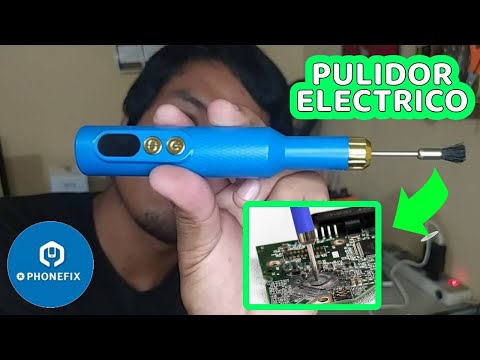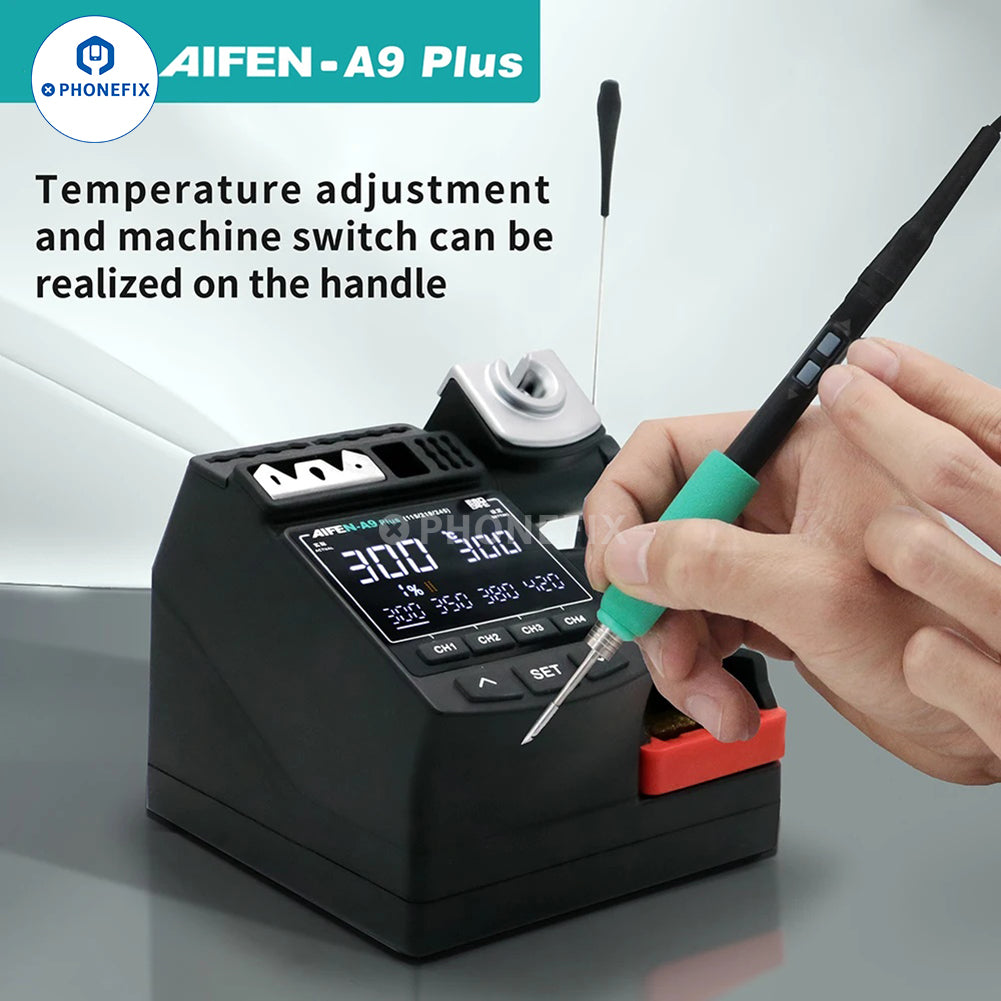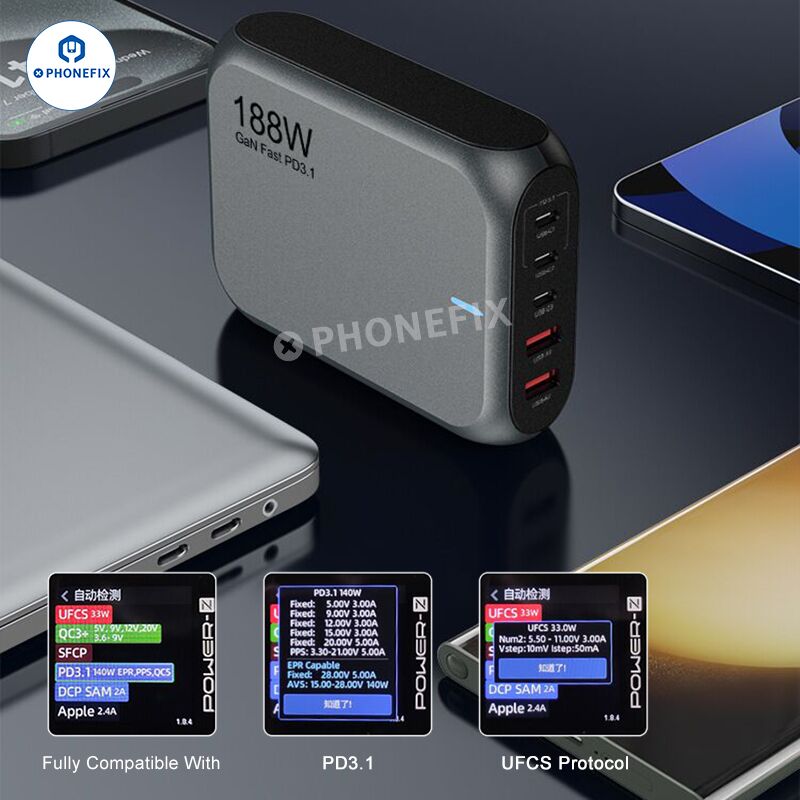Check out the Phonefix's blog now and you will get the answer you want.
Traditional Solution:
Method 1: Replace Dot Projector Flex CablePros: Original appearance, original restoration standard.
Cons: Wiring is not common and each model needs to stock one flex cable. You need to solder the luminaries and the short MOS tube. You have to be good at welding. If the welding is incomplete or defective, it may require a second repair. The operation is not easy.
Method 2: Using Chip
This method allows us to store fewer rows. Like the i2C FA02 IC, It cover all these models such as iPhone X, XS, XS Max, iPhone XR, iPhone 11, 11 Pro, 11 Pro Max, iPhone 12, 12 Mini, 12 Pro, 12 Pro Max, and iPad Pros.

Cons: This way has high maintenance manual requirements and needs to have certain maintenance skills.
Latest Solution: Tag-on Repair Flex Cable
Pros: Strong versatility, no disassembly flex cable, low manual requirements.Cons: The mobile phone repaired by the external cable can not pass the after-sales inspection platform. It is easy to find existing maintenance traces after disassembling the machine, so it is necessary to purchase activation equipment, which has a high cost.
Solution 1: A108 Box Programmer
A108 Box- This is a software that does not require soldering at all and even a rookie technician now can repair Face ID simply and instantly. You can use A108 Programmer detect and repair Face ID dot projector without soldering flex cables, just replace the dot matrix flex cable directly.A108 BOX support battery data read and write, and Face ID fix, and the device function can be expanded via the online free firmware. You can use it to repair the underlying data, accessories information won't be distorted.
How to repair Face ID with A108 Box Programmer?

Step 2: Dot matrix activation and repair
Use the iPhone mobile phone data cable to directly connect to the computer, detect the dot matrix cable and indicate that it has been blown, back up the original dot matrix cable data in the cloud, activate the original dot matrix cable, and it will display that the activation is successful.

Step 3: Install the iPhone, install the repair cable to the main board.
Install the iron sheet assembly and the screen correctly. The next step is to test the face unlock function to show that the face unlock has been repaired successfully.
Solution 2: i2C Tag-on Flex Cable

i2C external cable will release soon, and an activation board needs to be purchased to activate the mos tube of the original encryption chip.
The devices purchased before, the third-generation V8i, i6, and i6S, use exterior wiring, which requires manual short-wiring of mos tube, and then use external wiring.

Solution 3: JCID Non-removal Face ID Repair FPC
JCID Non-removal Face ID Repair FPC support reading & writing with V1S/SE, V1S Pro. No welding and alignment required when you use it, helping beginners to easily fix facial ID. At present, the Face ID Repair FPC support iPhone X-12pro max.
How to use JCID Non-removal Face ID Repair FPC?
1. Read the original face ID data with V1S/SE or V1S Pro and write it in thenon-removal repair FPC.
2. Activate the original face ID module with V1S/SE or V1S Pro.
3. Connect the non-removal repair FPC and install.














